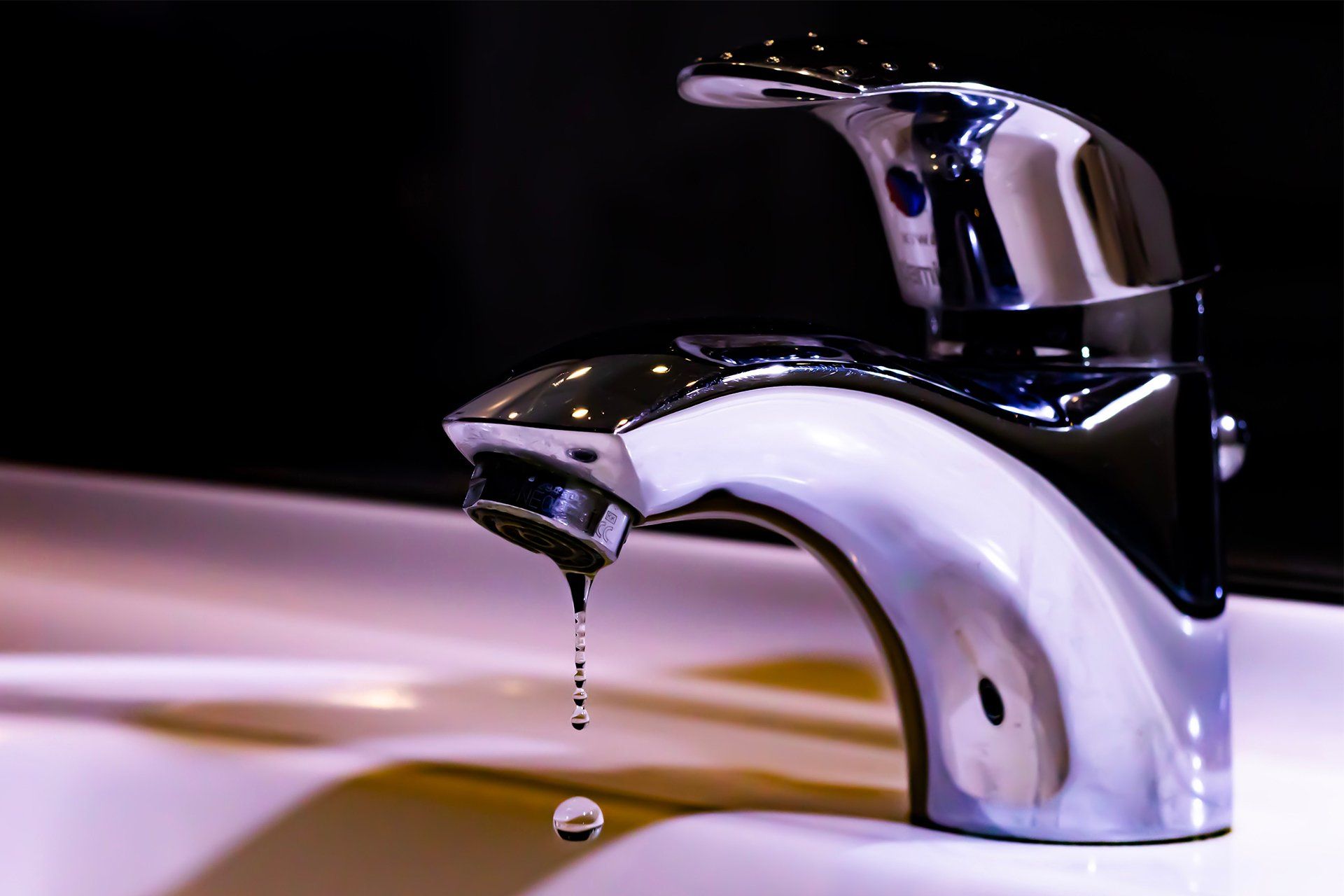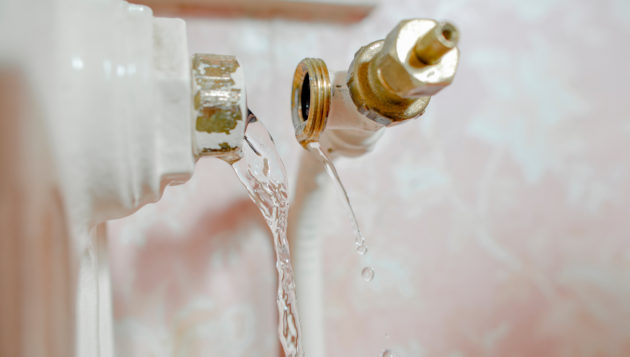What are your opinions with regards to How to stop pipes from freezing during the winter?

All house owners that live in warm environments need to do their best to winterize their pipes. Failure to do so can lead to catastrophe like frozen, broken, or burst pipelines.
Switch on the Faucets
When the temperature decreases and also it seems as if the frigid temperature will certainly last, it will certainly aid to turn on your water both inside your home and also outdoors. This will maintain the water moving through your plumbing systems. You'll end up throwing away gallons of water this means.
Open Cupboard Doors Hiding Plumbing
When it's chilly outside, it would be valuable to open closet doors that are concealing your pipelines. They might be somewhere in your kitchen area or washroom. This will certainly permit the warm air from your heating unit to distribute there. As a result, you prevent these revealed pipelines from freezing. Doing this little method can keep your pipes cozy as well as restrict the potentially dangerous outcomes of freezing temperature levels.
Take Time to Cover Exposed Piping
One easy and great hack to heat up freezing pipelines is to wrap them with cozy towels. You can also make use of pre-soaked towels in warm water, just do not neglect to wear protective handwear covers to secure your hands from the warm.
Try a Hair Dryer or Warm Weapon
When your pipelines are nearly freezing, your reliable hair clothes dryer or warmth weapon is a blessing. If the hot towels do not help dislodge any settling ice in your pipelines, bowling hot air directly into them might assist. Nevertheless, do not use various other objects that generate direct fires like an impact torch. This can lead to a larger calamity that you can not regulate. You might end up damaging your pipes while attempting to melt the ice. And in the long run, you may even wind up shedding your home. Beware!
When Pipelines are Frozen, shut Off Water
If you see that your pipes are totally frozen or practically nearing that phase, turn off the major water valve instantly. You will typically discover this in your cellar or laundry room near the heating system or the front wall surface closest to the street. Turn it off today to stop more damage.
Don't fail to remember to close outside water sources, too, such as your hookup for the garden residence. Doing this will certainly protect against added water from filling out your plumbing system. With even more water, even more ice will pile up, which will eventually lead to break pipelines. If you are unclear concerning the state of your pipelines this winter months, it is best to call an expert plumber for an assessment. Taking this positive method can conserve you thousands of bucks out of commission.
All home owners who live in warm environments must do their ideal to winterize their pipes. Failing to do so can mean calamity like frozen, cracked, or burst pipelines. If the warm towels do not help displace any type of resolving ice in your pipelines, bowling warm air directly into them may help. Turn off the major water shutoff promptly if you observe that your pipes are completely icy or almost nearing that phase. With even more water, more ice will certainly load up, which will at some point lead to break pipelines.
PREVENT YOUR PIPES FROM FREEZING THIS WINTER
A Leading Cause of Property Damage
When the weather is taking a deep nose dive into the cold dreary days, the risk of your pipes freezing and potentially bursting skyrockets. Unfortunately, during these cold dreary months, burst pipes are the most common denominator for property damage. The pipes that are most at the risk are those that are in areas where it is most cold in your home. For instance, pipes located in interior places such as basements, attics, and your garage. Unfortunately, that doesn’t mean that the pipes running through your cabinets or exterior walls can’t freeze. Good news, however, is that you can do things to help prevent pipes from freezing.
How to Prevent Pipes From Freezing
Once the temperature starts to drop during the winter, you should be taking the proper measures needed to ensure that your pipes stay warm and that there is circulation of water through them. Some steps that experts may recommend could go against your better judgement when it comes to saving water and heat. However, it would go without saying that when expenses are compared, damaged pipes could put a bigger dent in your wallet than a water bill.
What Can I Do?
- Keep your garage door closed. This is very important, especially if you have water supply lines running through your garage.
- Open your kitchen and bathroom cabinets to allow warm air to circulate through them.
- Allow air circulation throughout your home. Keeping the interior doors open will once again allow the warm air to circulate inside your home.
- Ensure your thermostat is running the same temperature throughout the night and day.
- If you plan to be away from home during the cold months, set your temperature no lower than 55° F. This should provide enough heat to keep the pipes warm and prevent any remaining water inside the pipes from freezing.
- For more of a long-term solution, add insulation to attics, basement, and other crawl spaces around your home.
- By allowing your faucet to drip, it will alleviate pressure in the system. This is important because the pressure that is created between the blockage and the faucet can potentially cause the pipes to burst. Allowing the faucet to drip will prevent the pressure from building up, therefore keeping the pipes from bursting.
- Seal any cracks, openings, and crawl spaces around your home to prevent cold air from coming inside. This keeps your pipes-not to mention your home-warmer and less susceptible to issues caused by freezing temperatures.
- For the pipes in your home that are easily accessible, applying electrical tape to them might prevent them from freezing over. This is a quick fix, as you can apply the tape directly to the pipe. There are two options for heating tapes. One turns on and off by itself when it senses heat is needed. The other type of heating tape needs to be applied when heat is needed and removed when not necessary. If you have exposed pipes in your home, you can check this website to take a look at a few options that would be available at a shop near you.

Do you appreciate reading about How to stop pipes from freezing during the winter? Write a review directly below. We will be delighted to see your insights about this page. We hope that you come back again before long. Liked our piece? Please share it. Help others find it. Thank you for your time. Don't forget to check our site back soon.
Call Today
Comments on “Cold Weather Pipe Protection: Five Hacks to Keep Them Intact in Freezing Temperatures”